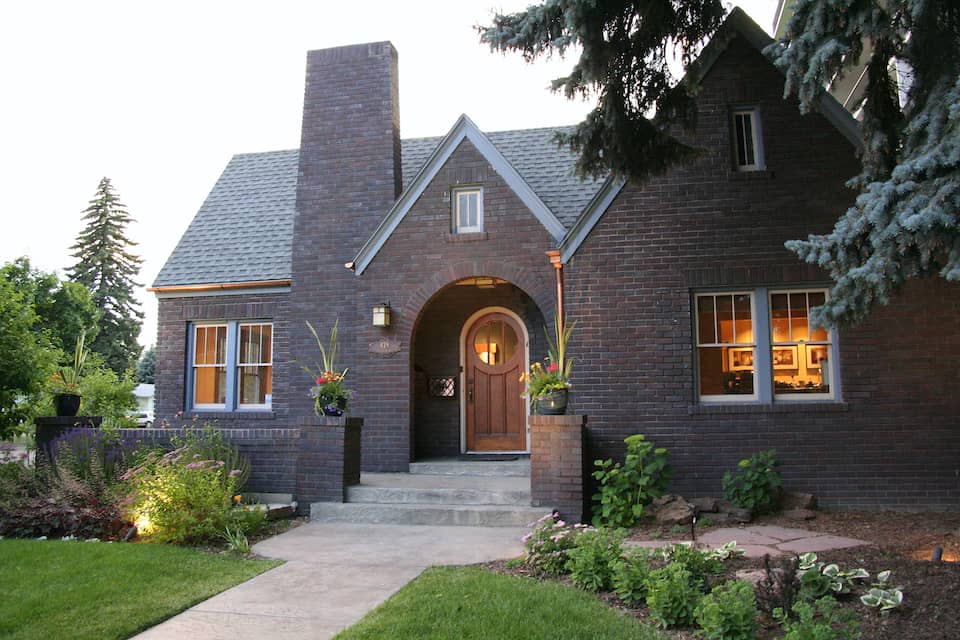
In our last post “How to Spot a Bad Contractor,” we identified some potential red flags to look for before you start your home remodeling or new construction project. It’s a good idea to read that post before diving into today’s related topic: contractor compatibility.
At this point in the planning process, you may have a few reputable builders in mind. If not, ask people you trust for a recommendation or two.
Remodeling your home, or building new, is often an emotional process so compatibility is crucial. Every professional contractor has a different personality and communication style, so be sure the one you welcome into your home is right for you.
Here are 3 Steps for Choosing the Right Contractor:
1. Call Your Top Candidates
Your time is valuable, so start by calling your top candidate(s). Ask them to explain:
- their basic process
- the warranty they offer
- the type of contract they use
Speaking of contracts, be sure you fully understand the pros and cons of three different types of construction contracts: Fixed-Price, Time-and-Materials and Cost-Plus. The latter two have the potential to significantly alter your budget.
If you’re uncomfortable with your contractor’s answers, then trust your instincts and keep looking. If you feel good about their initial responses then schedule a time to meet with the contractor.
2. Meet in Person
Nobody would expect a doctor to make a diagnosis and write a prescription without first seeing the patient. The same holds true for a contractor who must see your home and understand your real need before they can propose a proper remodeling solution.
This meeting is a good time to share your goals for the renovation project, which should include a description of the “pain” your living space is causing you. Ask the contractor to explain their process in more depth. If you are single, and meeting the contractor alone makes you feel uncomfortable, then ask a friend or family member to join you.
Tour the project space together and ask the contractor specific questions such as:
- How many projects like mine have you completed recently?
- Can you provide references?
- Do you guarantee start and completion dates?
- Are you licensed in this city? Are you insured for this type of project?
- Do you have professional architectural and interior design services to support my project?
- Will you draft all plans, and interpret zoning and planning requirements?
- Will you manage HOA or historic reviews, and obtain building permits?
- How is daily clean up, dust reduction and recycling handled?
If you are building a new custom home rather than remodeling, then suggest meeting at the contractor’s office to discuss your project. Their office is a reflection of their business and should represent a high level of professionalism.
3. Request a Proposal
If you feel comfortable with the contractor’s answers, and fully understand their process, then ask them to submit a proposal. Although the proposal is not a formal binding contract, it should include a preliminary estimate.
If you are uncomfortable with anything, then discuss your concerns with the contractor or decline the proposal and meet with another builder.
If you like the initial proposal and agree to move forward, then the contractor will perform a thorough site review and work closely with you to develop your project. Once the project scope is fully defined and you approve the final design, a formal contract will be created and require your signature.
It’s important to get everything in writing, so be wary of a flimsy two-page contract for a larger project. Again, choose a builder who feels like the best fit. Once the contract is signed, then permits will be pulled, materials will be ordered, the project schedule will be created and construction can begin.
Learn about important remodeling safety tips in the post “Keep Your Family and Pets Safe During a Remodel.”
And if you or someone you know is thinking about remodeling an existing home, or perhaps building new, contact HighCraft for a free, no-risk consultation.

